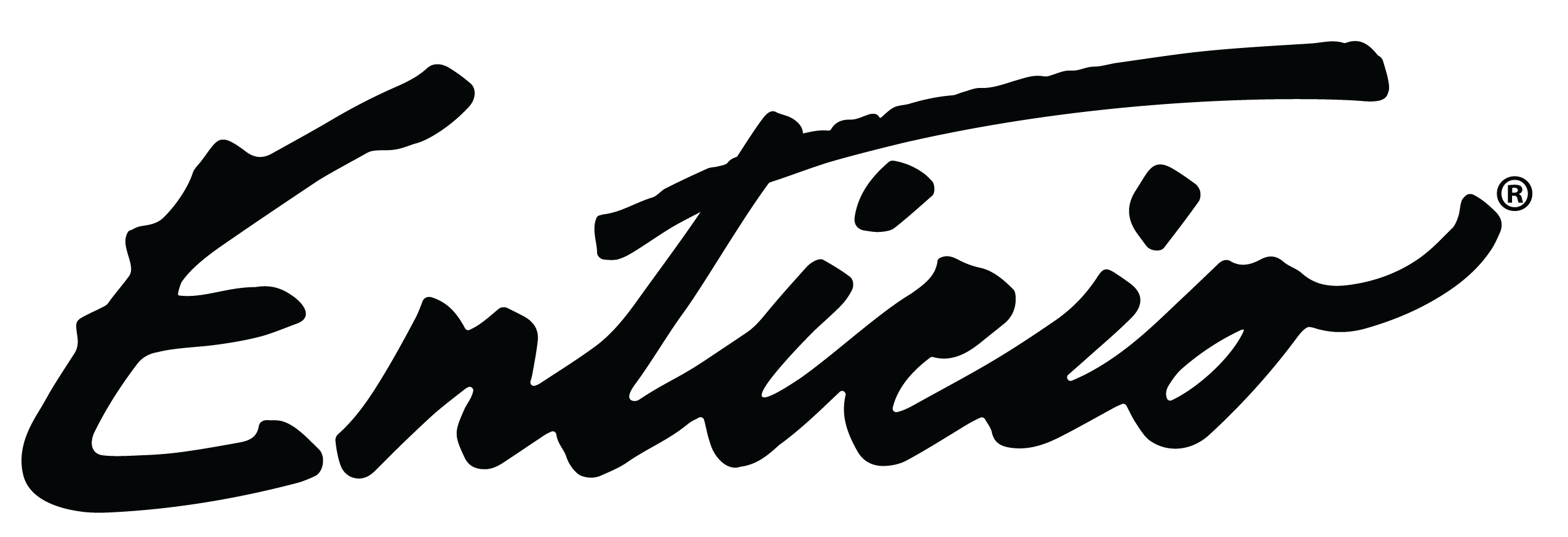News & Trends
Why You Shouldn’t Bother Investing in a Palm Rejection Stylus
The Search for a Better Solution
Touchscreen devices have created a whole new ecosystem of opportunity in the areas of drawing and graphic design. With the right tools, artists can create electronic masterpieces that are easy to share, send, upload and use, however, the quest to better replicate traditional methods continues. It cannot be overestimated that to hold a stylus naturally, artists use techniques that have been developed over hundreds of years; this includes resting their palms and fingers against the surface to stabilize the hand. And after decades of touchscreen research and development, doing so, can still leave unwanted marks. Just as Renaissance artists might have wrapped a piece of cloth around their hand, there is a unspoken need for more options and better solutions.
The Innovation of Capacitance Detection
Most touchscreens work by detecting the natural capacitance of human skin. As the human body has a slight electrical charge, it can extend that potential to a stylus if you hold it in your hand. Sensors beneath the screen detect that charge when a stylus makes contact with the surface. This effect makes it effortless for the rest of us to choose apps or play games with a simple tap.
When an artist uses a drawing program or a student uses a note-taking app, the software reads that input and makes a mark at the point of contact. Ideally, this will only be at the tip of the stylus. However, any other point of contact can leave additional marks or wipe out previous work.
In some cases, physical contact with the screen may not even be required, a distance of less than a millimeter may be enough for a charge to jump the gap and that extra “contact” can register unwanted clicks for the casual user. It is possible to launch an app without even realizing it. Most tablet and phone users are unknowingly running five or more apps that might be tracking your location, connecting to unsafe networks or simply draining your battery.
A palm rejection stylus is sold as a technological solution to this problem. These are specially-designed writing tools that can try to help ignore additional contact with the screen. With palm rejection enabled, the screen is supposed to only recognize the point of contact with the stylus, however, the reality can be very different.
The Disadvantages of Palm Rejection Styluses
While these devices may solve part of the touchscreen problem, they can create additional issues. First off, they can be expensive and secondly, many have to be charged or they don't work. And finally, they may only work with selected software that offers direct support. When the software feature is enabled, it may block or alter secondary gestures to interact with the device. Artists who forget to turn on/off the feature may inadvertently alter their artwork before they realize the mistake. Finally, this does nothing to solve a less-obvious problem where any contact between the skin and the screen creates a physical problem and contribute to the transfer of dirt, oil and germs. Over time, this layer of grime can create the opposite effect - instead of reacting when you do not want it to, it degrades the sensitivity and performance of the screen and in extreme cases - the ability to detect contact at all, causing it to malfunction. You tap the screen and nothing happens; this may be the result of grime.
Comprehensive Touchscreen Solutions from Enticio
Oil and dirt transfer is a chronic problem for artists in both traditional and digital media. Graphic designers and calligraphers have long used anti-fouling gloves to prevent smudging or unwanted transfer onto paper; Enticio has developed solutions that cover both digital and traditional design workflows.
Products like the Empirium and Revolution gloves protect your screen and your hand, while enhancing precision and control in both. The best solution is most often the simplest one simply covering the source of the unwanted contact by providing a protective barrier makes these problems a thing of the past.
Of course, for such an important part of your workflow, it has to be great and we design our instruments for style, comfort and practical use. Whether you need professional quality or you are a casual tablet user, you may interact with your device for hours at a time. Our easily adjustable straps deliver a perfect fit, and our lightweight fabric helps fight fatigue and provides consistent surface friction as you work. Our digital drawing tools give you the comfortable performance you need for the what you are doing now and for what comes next. Don't let your tools hold you back, consider Enticio today.

